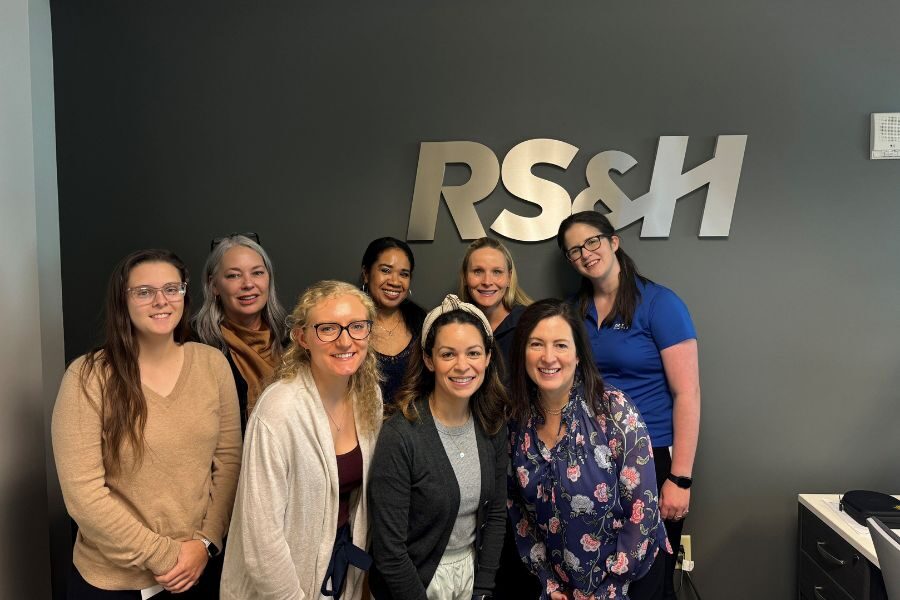EPA Updates Requirements for Well Completions, Storage Tanks & Natural Gas Processing Plants

The EPA has recently released updates and clarifications to its 2012 New Source Performance Standards for the oil and natural gas industry. These updates do not change the emission reduction requirements, but clarify technical aspects of well completion requisites, storage tank emission standards, and further explain definitions within the ruling.
For well completion operations, operators must direct flowback to use special equipment (a separator) to separate gas and liquid hydrocarbons coming from the well in what is known as “green completion.” Captured gas and hydrocarbons can be treated or sold, but are not allowed to be flared off. Wells that are exempt from green completion also must use a separator, but are still allowed to flare for the time being. All wells subject to green completion must be in compliance by January 2015. Once the well is continuously producing, condensate, produced water, and crude oil must be routed to storage tanks, and an estimation of the volatile organic compound (VOC) production off those tanks must be calculated. Emissions of VOCs off of the tanks must be controlled within 60 days of production start, and venting or flaring of gas is prohibited.
For storage tanks, VOC emissions captured as a result of permit requirements do not count toward determining whether a tank is subject to emission control requirements. Also, operators must now include in their annual reports the date a specific storage tank is either removed or returned to service. Finally, the EPA is going to allow other mechanisms other than weighted thief hatches provided they ensure the hatch lids are properly sealed.
The agency also clarified its position on leak detection requirements for natural gas processing plants. Equipment leak detection and repair requirements only apply to equipment at onshore natural gas processing plants. Also, connectors are now added to the list of exempt equipment for leak detection requirements for small gas processing plants and processing plants on the Alaskan North Slope.
Additional updates to the 2012 New Source Performance Standards can be found here.
RS&H supports the oil and gas industry through its innovative engineering and environmental solutions, but we also provide a broad array of regulatory support. We can research the nuance of changing regulation, inform you of the practical impacts to your business, and craft responses and petitions to submit on your company’s or industry’s behalf. RS&H’s staff is available to support your business by attending public meetings and hearings, as well as maintaining one-on-one relationships with regulators, which can give your company a competitive edge.




